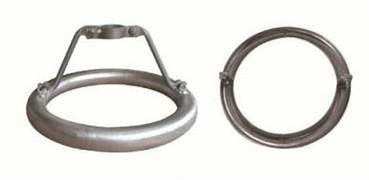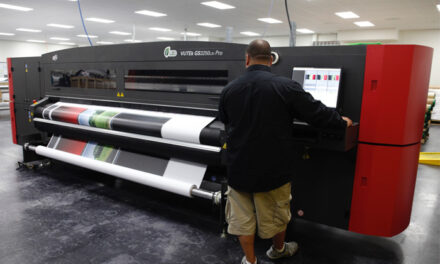In the intricate world of high-voltage engineering, corona rings, also known as grading rings or anti-corona rings, stand as guardians against the potential disruptions caused by corona discharge. The science behind these corona rings unassuming yet crucial components involves a careful balance of materials, design principles, and versatile applications. This exploration delves into the science that underlies corona rings, shedding light on the materials chosen, the precision in design, and the diverse applications that make them indispensable in high-voltage systems.
1. Materials: The Building Blocks of Corona Ring Excellence
The choice of materials for corona rings plays a pivotal role in determining their effectiveness. Engineers seek materials with superior electrical conductivity, mechanical strength, and resistance to environmental factors. Conductive metals, such as aluminum or copper, are commonly used for their ability to efficiently distribute electric fields and withstand the rigors of high-voltage applications. These materials ensure that corona rings function optimally, contributing to the prevention of corona discharge.
2. Precision Design: Shaping Electric Fields with Finesse
Precision design is at the heart of the science behind corona rings. Engineers meticulously configure the shape, dimensions, and placement of corona rings to optimize electric field distributions. This precision is essential for mitigating the risk of corona discharge—a phenomenon that can lead to energy losses and compromise the integrity of electrical systems. The intricate design of corona rings ensures that electric fields are managed with finesse, creating a stable and uniform environment.
3. Computational Simulations: Modeling for Optimal Performance
Advancements in computational simulations have revolutionized the design and optimization of corona rings. Engineers employ sophisticated modeling techniques to simulate electric field dynamics, predict corona behavior, and fine-tune the design for optimal performance. These simulations enable a nuanced grading rings understanding of how corona rings interact with the surrounding environment, guiding the engineering process to ensure their effectiveness in real-world high-voltage scenarios.
4. Environmental Adaptability: Ensuring Robust Performance
Corona rings are designed with environmental adaptability in mind. Operating in diverse conditions, from extreme temperatures to high humidity and pollution, requires a resilient design. The materials chosen and the configuration of corona rings are tailored to withstand these challenges, ensuring robust performance in a variety of scenarios. This adaptability contributes to the overall reliability of high-voltage systems.
5. Overhead Transmission Lines: Critical Applications
One of the critical applications of corona rings is in overhead transmission lines. The strategic placement of corona rings along these lines contributes to stabilizing electric fields, preventing corona discharge, and enhancing the overall performance of the transmission system. Corona rings play a vital role in maintaining the integrity of overhead transmission lines, ensuring efficient power delivery over vast distances.
6. Insulator Protection: Extending Lifespan Unseen
Corona rings quietly contribute to insulator protection—an often-unseen aspect of their applications. By preventing corona discharge-induced damage, corona rings extend the lifespan of insulators unnoticed. This silent safeguard not only ensures prolonged efficiency of insulators but also reduces maintenance needs, contributing to the overall reliability of high-voltage systems.
7. Smart Grid Integration: Real-Time Monitoring for Efficiency
In the era of smart grids, corona rings seamlessly integrate with advanced technologies. Their incorporation into smart grid systems allows for real-time monitoring and data-driven decision-making. By providing insights into electric field dynamics and potential stress points, corona rings contribute to the intelligence of the grid, enabling proactive maintenance and optimizing the performance of electrical networks.
8. Future Prospects: Innovations Driving Science Forward
The science behind corona rings is not static; it evolves with ongoing innovations. As research and development progress, new materials, design concepts, and technologies may further enhance the science behind corona rings. The ongoing commitment to innovation positions corona rings as critical components in shaping the future of high-voltage technology.
Conclusion: Corona Rings as Scientific Pioneers
In conclusion, corona rings emerge as scientific pioneers in the realm of high-voltage engineering. The careful selection of materials, precision design principles, and versatile applications underscore their significance in preventing corona discharge and maintaining the efficiency and reliability of power transmission systems. As silent guardians, corona rings exemplify the fusion of science and engineering excellence, playing an indispensable role in advancing the capabilities of high-voltage technology.





